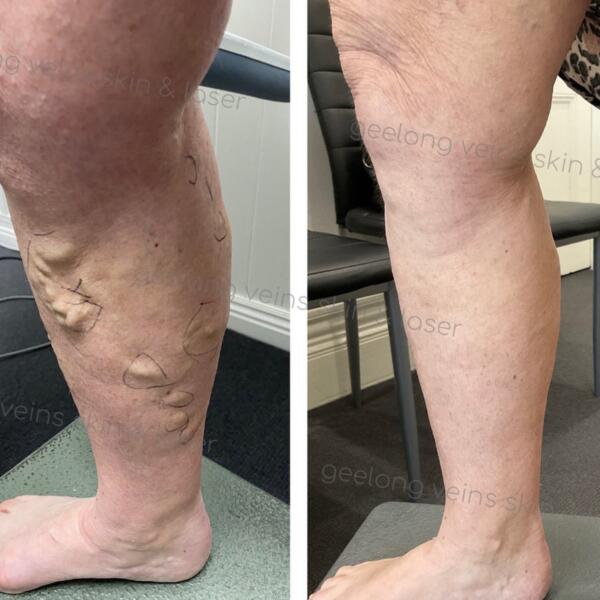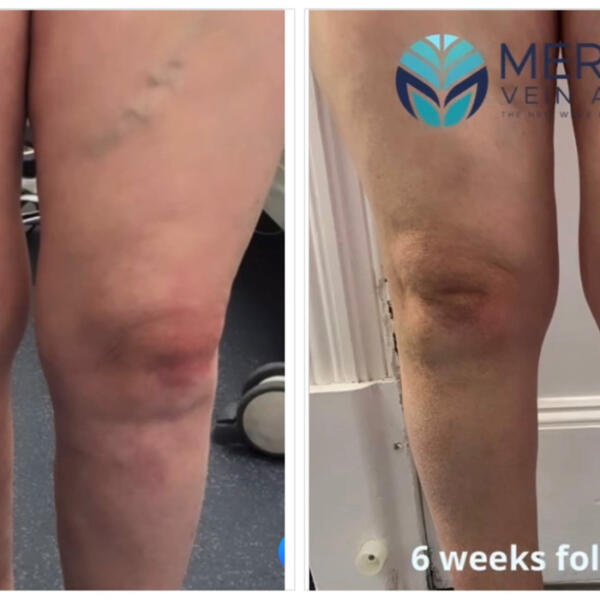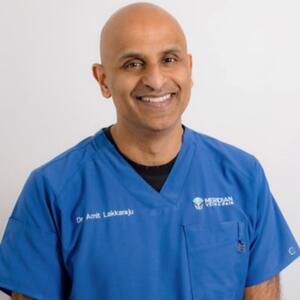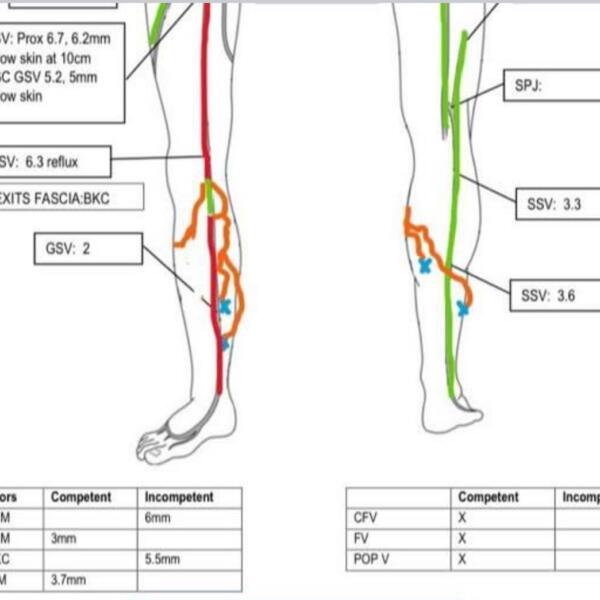Effective varicose vein treatment in Geelong
Leg vein treatments
Targeted relief for varicose veins
Varicose vein treatment at Geelong Veins, Skin & Laser provides advanced, effective solutions to alleviate discomfort, pain, and restore the healthy appearance of your legs. Our comprehensive approach ensures you receive the best care tailored to your needs. Ultrasound assessment is used to plan the best treatments for your legs. We have a team of doctors including a vein specialist to treat deeper and larger veins with ultrasound guided procedures.

Minimally invasive solutions
We utilise the latest varicose vein treatment technology, including Endovenous Laser Ablation (EVLA), Endovenous RadioFrequency Ablation (EVRF), Vein Glue, Phlebectomies and Ultrasound-Guided Sclerotherapy. These minimally invasive procedures close off refluxing/abnormal veins, allowing your body to naturally reroute blood flow through healthier veins.
Most treatments are completed in under an hour, with patients typically resuming normal activities shortly afterwards.
Relief for painful veins
Ultrasound guided treatments are for patients with larger, bulging, varicose veins with findings of reflux or backflow on their ultrasound. These veins can cause discomfort, swelling, or unsightly lumpy veins in the legs.
If you’re looking to reduce pain and improve the appearance of your legs, these varicose vein treatment Geelong options may be right for you.
Preparing for your appointment
Your first appointment will be a comprehensive assessment of your veins and medical history, plus an ultrasound of your legs, all completed by our vein specialist.
You will need a referral from your GP or one of our onsite vein GPs.
Post-treatment guidelines
- Compressions stockings should be worn after your varicose vein treatment. The specialist will advise how long for, this may vary from 3 days to 2 weeks.
- Hot / sweaty exercise, saunas, and swimming should be avoided for the time you are wearing the stockings
- Flights >4 hours should not be completed within 4 weeks of treatment
- A follow-up appointment will be scheduled to monitor your progress and ensure optimal results from your varicose vein treatment
Most patients experience minimal discomfort during the treatment, with some reporting a mild tingling or warmth as the veins are treated. Local anaesthetic is injected prior to the vein injections.
Most patients can resume light activities immediately after treatment, with a full return to normal activities the following day.
Treated veins can develop a bruised colour or lumpy appearance and feel. These veins will dissolve away over the following weeks. You’ll notice gradual improvement in the appearance and comfort of your legs over this time. Wearing compression stockings as directed will aid in this process.
Side effects may include bruising, swelling, or slight discomfort at the treatment sites. Occasionally brown discolouration from iron in the blood can appear on the skin as the vein fades away. This may take a little longer to disappear completely. Vein treatments are a medical procedure with other rare risks and complications. These will be discussed individually at your initial consultation. Vein disease left untreated also has its risks.
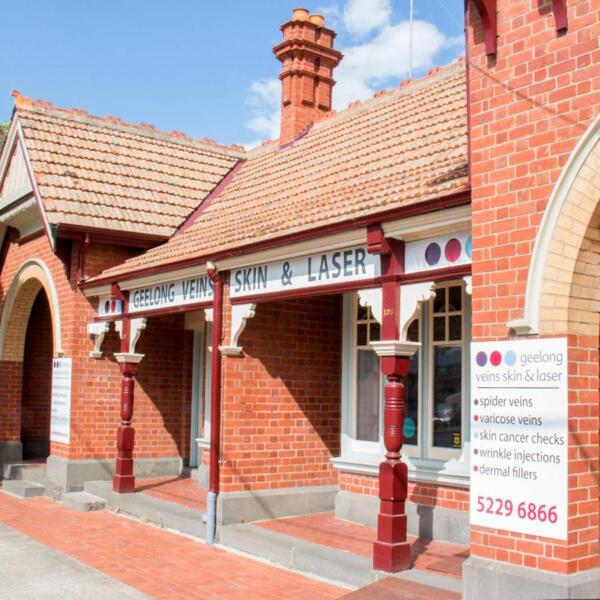
The GVSL difference
At Geelong Veins Skin & Laser we provide complete care of you as a patient and your medical concern. You may see one, or several of our team in any consultation. We work together with expertise in general practice, radiology, vein specialties, dermal therapy, skin cancer medicine, vein / skin and cosmetic nursing to provide you with a treatment plan that will lead to safe and effective results.
All before and after photos are displayed with specific patient consent. Results may vary, discuss your individual needs with your health practitioner.
